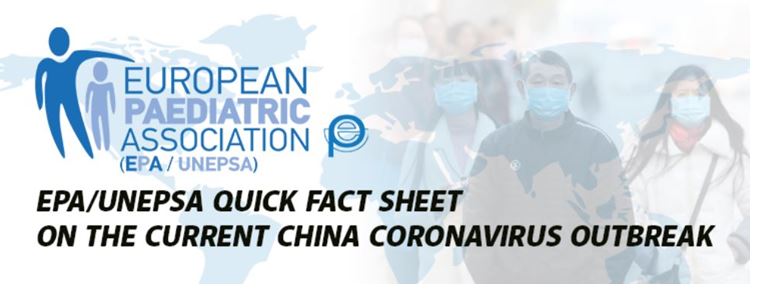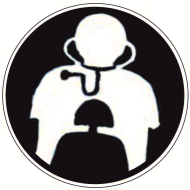
EPA/UNEPSA QUICK FACT SHEET ON THE CURRENT CHINA CORONAVIRUS OUTBREAK
The outbreak currently concerning health officials worldwide is of a new strain of coronavirus (nCoV) which had not been previously identified in humans and for which there is no vaccine. Among the more serious viruses in the coronavirus family are the Middle East Respiratory Syndrome (MERS-CoV) and Severe Acute Respiratory Syndrome (SARS-CoV).
Major symptoms:
According to the World Health Organisation, which convened an emergency meeting on the outbreak on Wednesday 22 January, common signs of infection include respiratory symptoms, fever, cough, shortness of breath and breathing difficulties with pneumonia, severe acute respiratory syndrome, and kidney failure among the most serious symptoms.
Data Current outbreak:
Nine people are now known to have died from the respiratory virus in China, authorities confirmed after announcing that the disease could be transmitted from human-to-human. More than 400 people have been infected with cases also reported in Japan, South Korea, Thailand and the US. While most of the cases have involved animal-to-person transmission, the WHO and the US Center for Diseases Control (CDC) reports that there is limited evidence of human-to-human spread. No pediatric cases have ben recorded todate (22.01.2020)
Preventive measures in Europe:
The European Centre for Disease Prevention and Control (ECDC) on Monday considered the likelihood of introduction of the virus to the EU to be “low”, warning however that the risk of arrival would increase in late January as people travelled to and from China to celebrate the Chinese New Year.
Getting ready to contrast the epidemic in Europe:
The Platform for European Preparedness Against (Re-)emerging Epidemics (PREPARE), an EU-funded project aimed at rapidly responding to outbreaks, aready activated its Mode 1 on Tuesday 21 morning. PREPARE’s Mode 1 involves getting clinical sites and diagnostics labs ready to deal with cases on European soil and researchers from various institutions discuss the research questions including the best treatment strategies for patients.
What to do:
Clinicians should be vigilant for travelers from China and counties whare the recent coronavirus infection was reported, who show respiratory symptoms and take infection-control precautions with people who may be infected. They should collect nasopharyngeal, nasal, throat swab and lower respiratory tract specimens from these patients and consider saving urine, stool, serum and respiratory pathology specimen. Clinicians should notify infection control, state and location health departments immediately and report to the local National Institutes of Health.
The Role of Healthy Lifestyle Promotion, Counseling, and Follow-up in Non-communicable Diseases Prevention article is now available online and you can read or download the article until March 12, 2020. No sign up, registration or fees are required.
